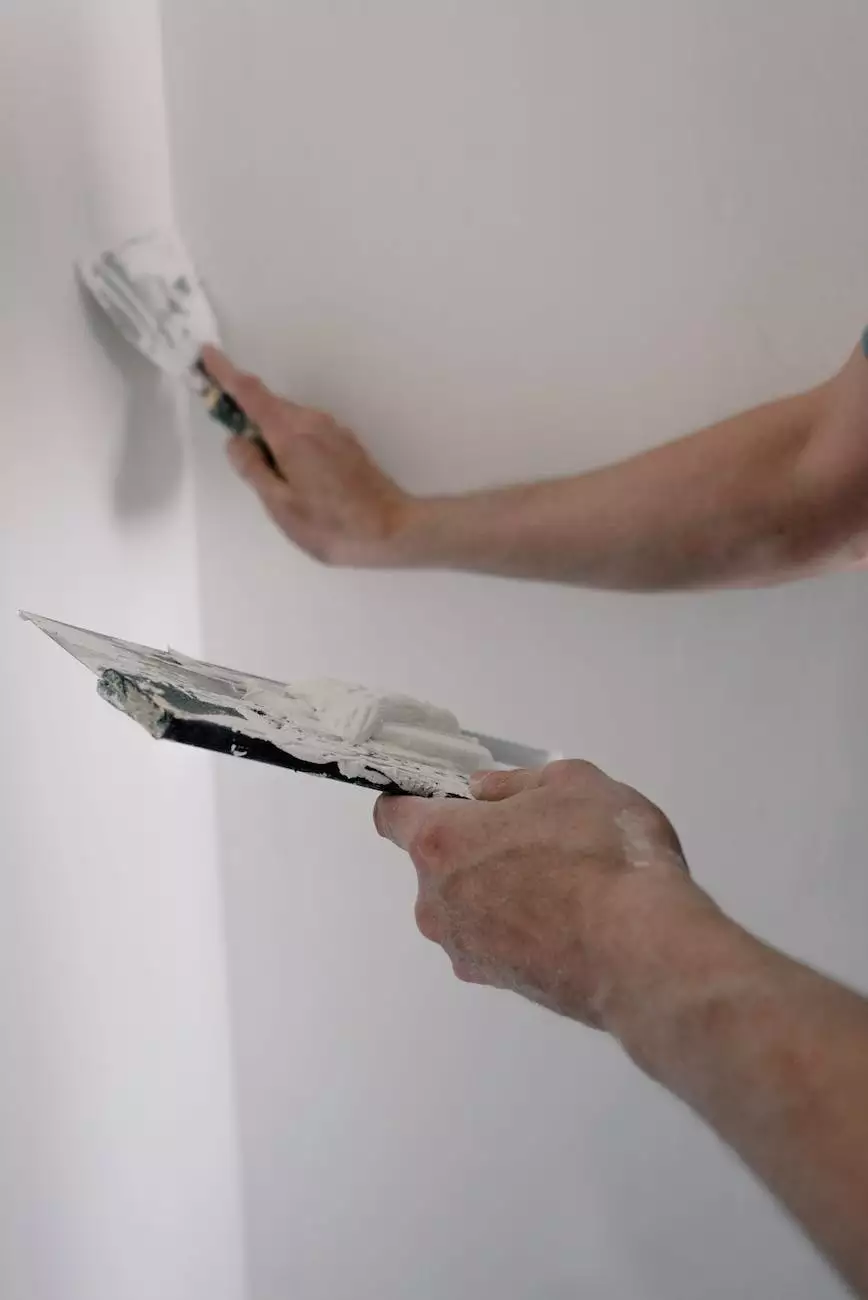Definition of the term Loose Laid
Services Offered
Introduction
Welcome to Nicholas Home Inspection & Consulting, your go-to resource for consulting and analytical services in the business and consumer services industry. In this article, we will dive deep into the definition and uses of the term "Loose Laid" in our field of expertise.
Understanding Loose Laid
Loose laying is a technique commonly employed in various sectors, including construction, flooring, and interior design. It refers to a method of installation where materials or components are laid down without any adhesive or fastening mechanism.
Applications of Loose Laid
The concept of loose laying finds its application in multiple areas, each with its unique benefits. Let's explore some of the most common applications:
Flooring
In the world of flooring, loose laying has gained popularity due to its flexibility and ease of installation. It involves the installation of floor coverings, such as carpets, vinyl, or laminate, without the use of adhesives or nails. This method allows for easier replacement or reconfiguration of the flooring material.
Interior Design
Loose laying is also extensively utilized in interior design projects. Modular furniture and fixtures often incorporate loose laying techniques, enabling the components to be rearranged or replaced as needed. This approach facilitates effortless customization and adaptability to evolving design preferences.
Roofing
Roofing systems also make use of loose laying, particularly in certain types of low-slope roofs. Loose laid roofing membranes, such as EPDM (ethylene propylene diene monomer) or TPO (thermoplastic olefin), provide waterproofing protection without the need for adhesives. This installation method simplifies maintenance and potential repairs in the future.
Advantages of Loose Laid
Loose laying offers numerous advantages to both professionals and consumers within the business and consumer services industry. Here are some key benefits:
Faster Installation
Unlike traditional methods that require time-consuming adhesive applications or mechanical fastenings, loose laying allows for faster installations. This saves valuable time, especially in large-scale projects, without compromising quality.
Easy Replacement and Repairs
One of the significant advantages of loose laying is the ease of replacement and repairs. Since materials are not permanently fixed, damaged components can be easily swapped out without extensive effort or additional costs.
Flexibility and Adaptability
Loose laying provides flexibility and adaptability, enabling changes and modifications when necessary. This characteristic is particularly beneficial in dynamic environments where alterations may be required to accommodate evolving needs.
Cost-Effective Solutions
By eliminating the need for adhesives or specialized tools, loose laying delivers cost-effective solutions for businesses and consumers. It reduces both material and labor expenses, making it an attractive choice for budget-conscious projects.
Consulting and Analytical Services from Nicholas Home Inspection & Consulting
At Nicholas Home Inspection & Consulting, we understand the wide-ranging applications and benefits of loose laying within the business and consumer services industry. Our team of experts provides comprehensive consulting and analytical services tailored to meet your specific needs.
With years of experience, we possess in-depth knowledge of loose laying techniques and can guide you through the planning, implementation, and evaluation phases of your projects. Our aim is to empower you with informed choices and help you achieve optimal outcomes.
Contact Us Today
For any inquiries or to learn more about our services, contact Nicholas Home Inspection & Consulting today. Our dedicated team is ready to assist you with your consulting and analytical needs. Let us be your trusted partner in ensuring the success of your projects.










